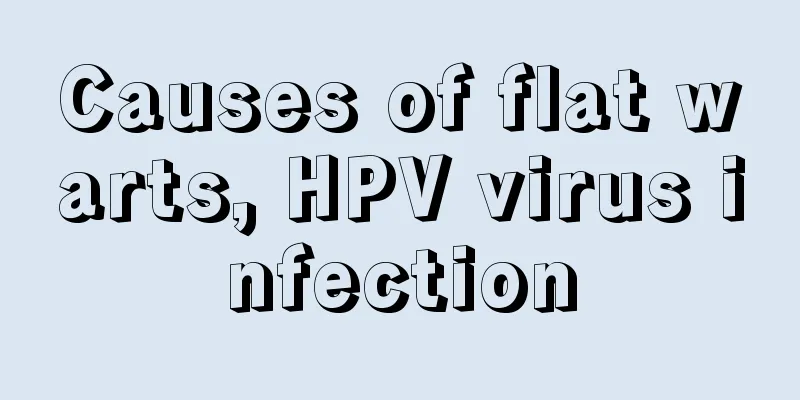What causes prostate cancer

|
The occurrence of prostate cancer is closely related to genetic, environmental, physiological, traumatic and pathological factors. Genetic factors, abnormal hormone levels, bad living habits, chronic inflammation, etc. may increase the risk of disease. Prevention and treatment of prostate cancer requires lifestyle adjustment, regular screening, drug treatment and surgical intervention. 1. Genetic factors Prostate cancer has a certain family genetic tendency. If a direct relative in the family has prostate cancer, the individual's risk of the disease will increase significantly. Gene mutations such as BRCA1 and BRCA2 may also lead to the occurrence of prostate cancer. It is recommended that people with a family history regularly undergo prostate-specific antigen PSA testing and rectal examination to detect lesions early. 2. Environmental factors Long-term exposure to harmful chemicals such as cadmium and pesticides or living in a highly polluted environment may increase the risk of prostate cancer. Bad lifestyle habits such as high-fat diet and lack of exercise are also related to the occurrence of prostate cancer. It is recommended to reduce the intake of red meat and processed foods, increase the proportion of vegetables, fruits and whole grains, and maintain regular exercise, such as 150 minutes of moderate-intensity aerobic exercise per week. 3. Physiological factors Age is an important risk factor for prostate cancer, and the prevalence rate in men over 50 years old increases significantly. Abnormal hormone levels, especially elevated testosterone and dihydrotestosterone, may promote abnormal proliferation of prostate cells. It is recommended that middle-aged and elderly men undergo regular health examinations, pay attention to changes in hormone levels, and receive hormone regulation treatment under the guidance of a doctor when necessary. 4. Trauma and chronic inflammation Trauma or chronic inflammation in the prostate area may increase the risk of cell cancer. Patients with chronic prostatitis need active treatment to avoid repeated attacks of inflammation. Treatments include antibiotics such as levofloxacin, anti-inflammatory drugs such as celecoxib, and physical therapy such as heat therapy. 5. Pathological factors The occurrence of prostate cancer may be related to precancerous lesions such as prostatic intraepithelial neoplasia (PIN). Early screening and intervention are key. Treatments include drug therapy such as abiraterone, enzalutamide, radiotherapy, and surgical treatment such as radical prostatectomy. For early localized prostate cancer, surgery and radiotherapy have a high cure rate. The prevention and treatment of prostate cancer requires a combination of multiple means. By adjusting lifestyle, regular screening, early intervention and scientific treatment, the risk of disease can be effectively reduced and the cure rate can be increased. It is recommended that male friends pay attention to their own health, seek medical advice in a timely manner, and take active health management measures. |
>>: Is it necessary to get the cervical cancer prevention vaccine?
Recommend
What are the dangers of having testicular cancer
Most people are very afraid of cancer because it ...
Can liver cancer be detected by B-ultrasound?
Can liver cancer be detected by B-ultrasound? 1. ...
What is lung glass opacity?
Lung diseases are very common in clinical practic...
What is the green bitter water
Vomiting green bitter water is bile, which may be...
Can honey remove moles?
Many people have moles of varying sizes on their ...
What cigarette has low tar content?
Cigarettes have gradually become an indispensable...
What are the conventional treatments for fibroids?
Fibroids generally grow slowly, most of them are ...
There is a mole on the finger
Moles on fingers may be caused by ultraviolet rad...
How to treat erythema nodosum on the legs
Erythema nodosum is a skin disease that, once pre...
Can melanoma be cured? These issues need to be paid attention to in the prognosis
Early melanoma is curable, but for late-stage mel...
Detailed introduction to ovarian tumors
Ovarian tumors refer to tumors that occur on the ...
Sore calves and feet
People should not be unfamiliar with the situatio...
What is the best treatment for thyroid cancer?
How to get the best treatment for thyroid cancer?...
Is liver cancer interventional surgery painful?
Is interventional surgery for liver cancer painfu...
There is a hard lump on my eyebrow that hurts
It is not uncommon for a hard and painful lump to...









